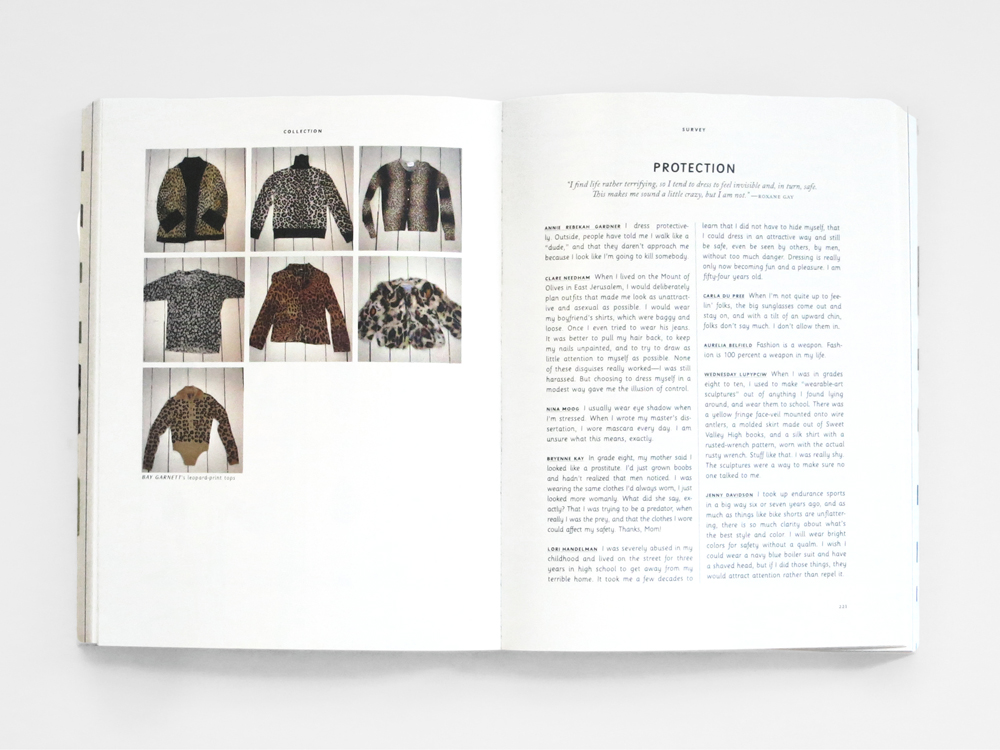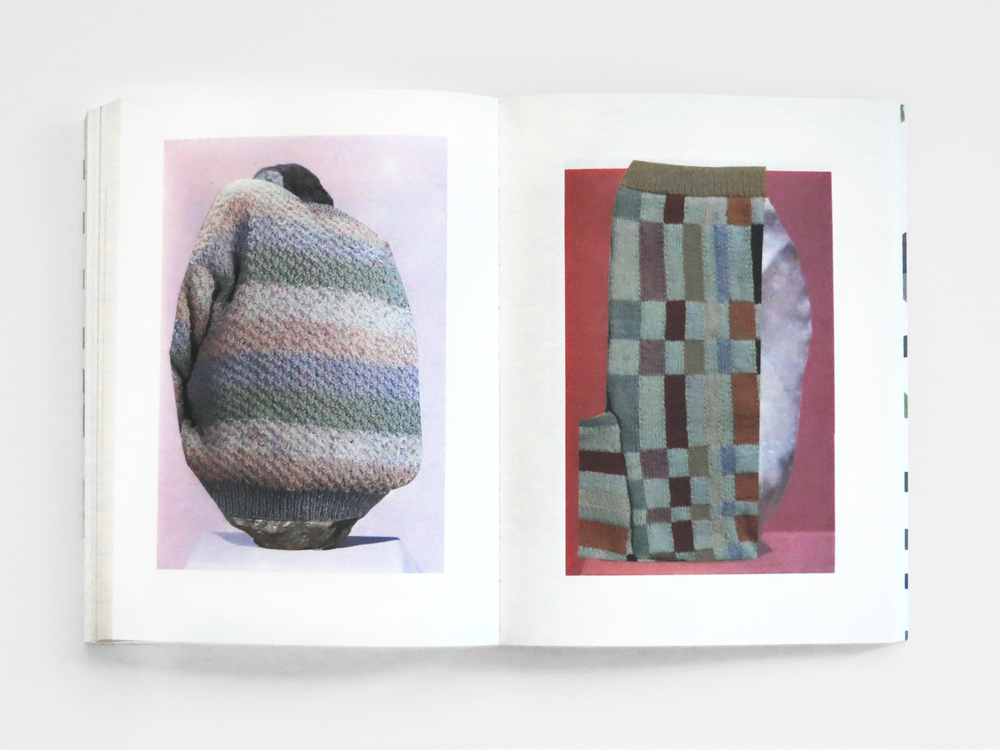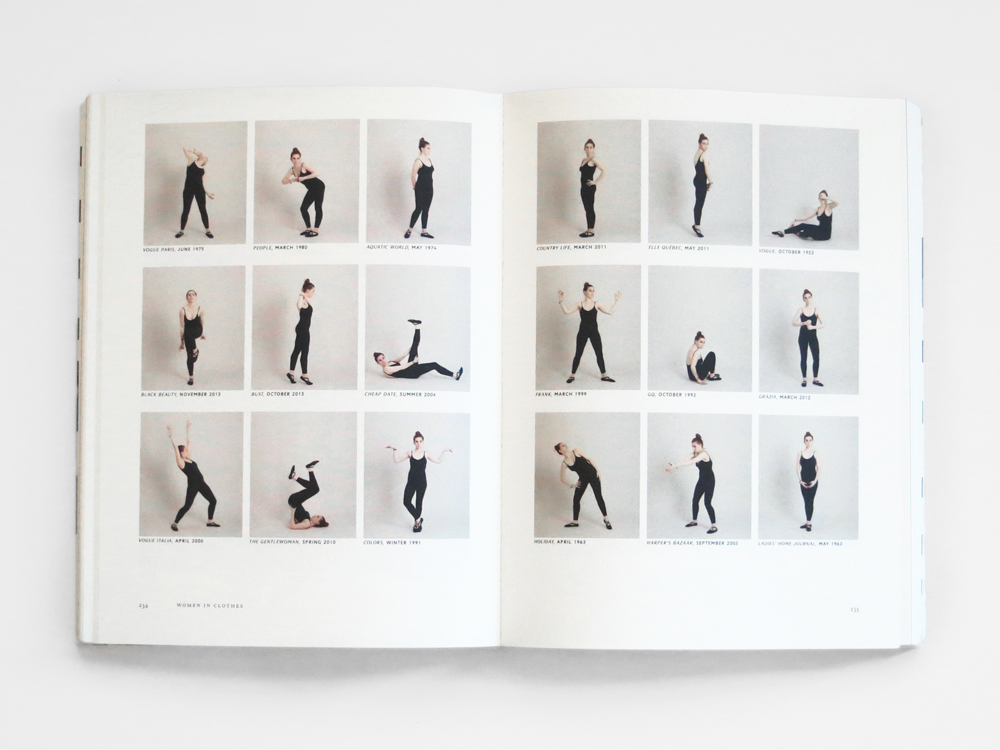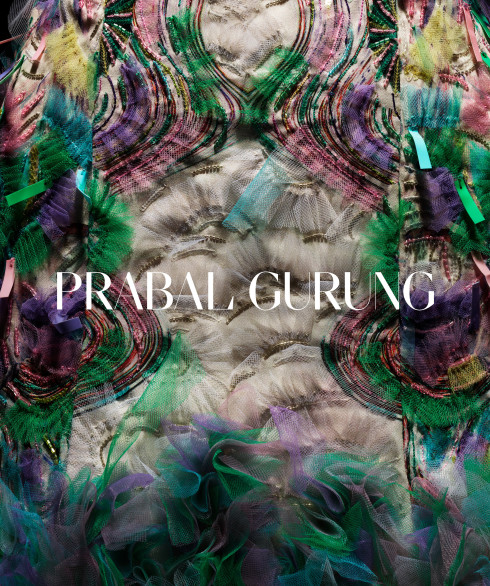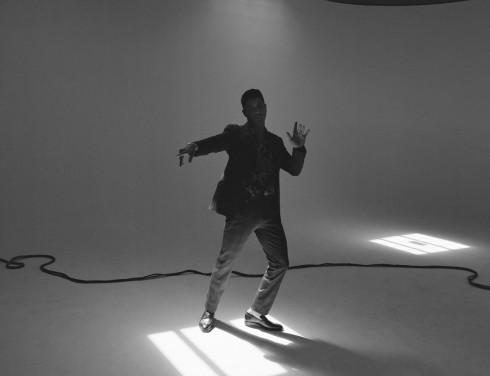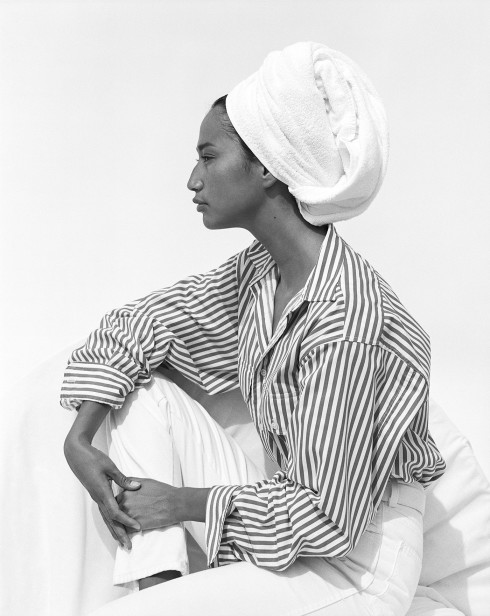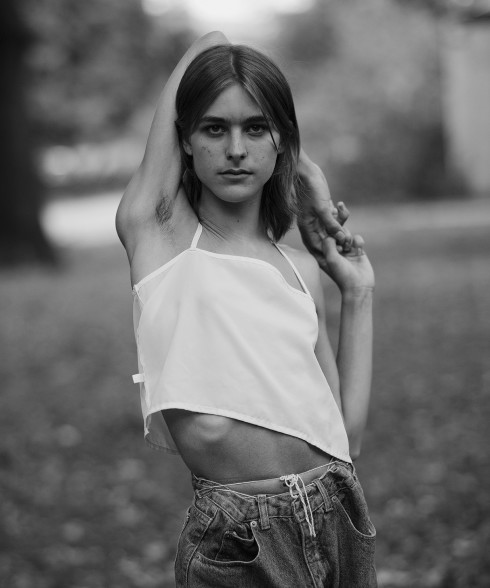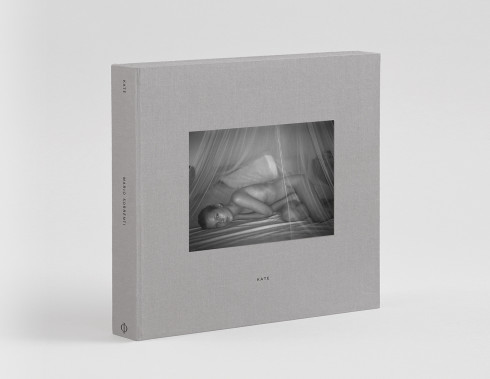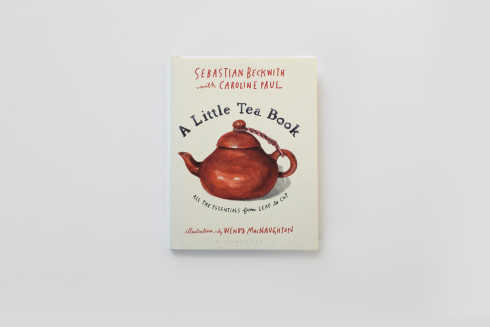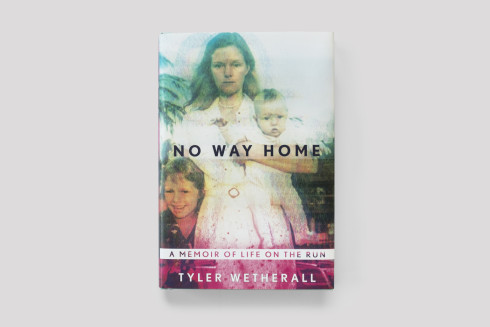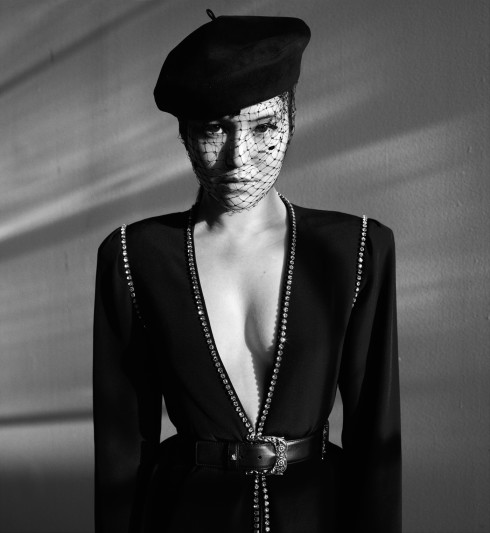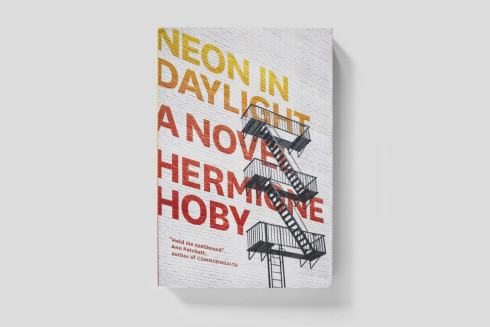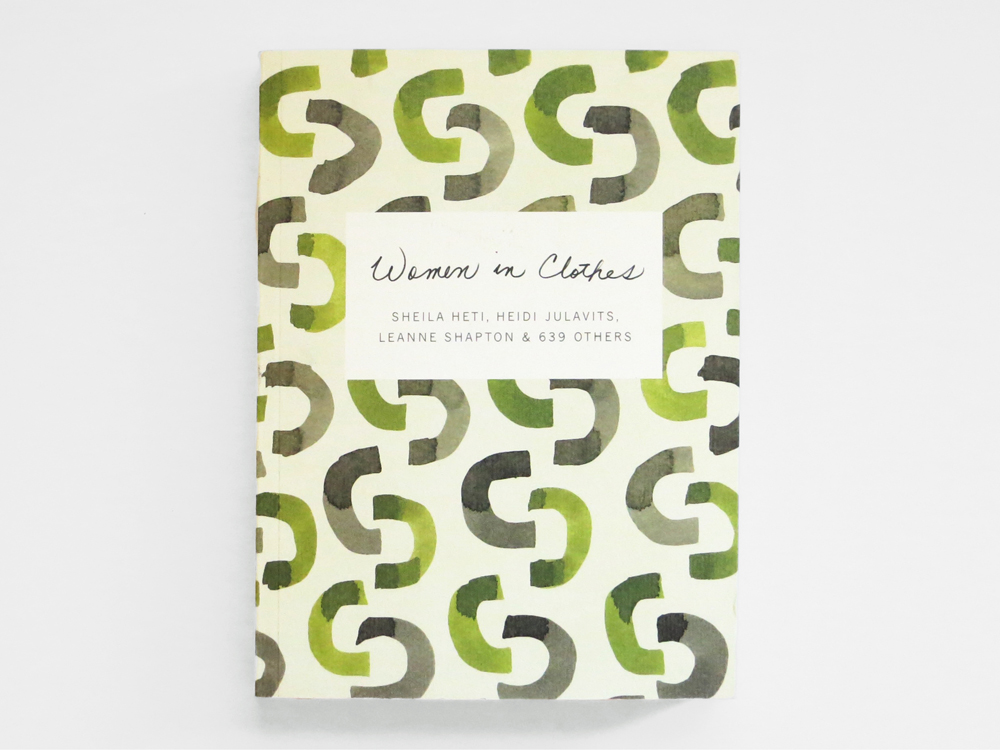
'WOMEN IN CLOTHES'
The new compendium Women in Clothes: Why We Wear What We Wear started as a correspondence between three author-friends; Sheila Heti, Heidi Julavits, and Leanne Shapton. Seeking advice on how to dress and dissatisfied with the existing literature on the topic, Heti created a survey, which she passed among her friends. Questions such as “What is dressing about, for you?” and “What are some dressing or clothing rules that you think every woman should follow?” revealed intimate insights into individual preferences and human relationships. What began as a personal quest gained quick momentum and the resulting book, published this fall, features the responses of over six hundred participants. In addition to surveys, clothes are discussed in conversations, poems, and short essays.
What is striking about almost all sections of the book is that a conversation about clothes—which those in fashion may think of as inextricable from the now—quickly leads to nostalgic discoveries. Several projects in the book use photographs of contributors’ relatives or portraits from another time to discuss matters of style. In retrospect, clothes can be the milestones of personal histories. This is particularly pertinent today, as the legacy of apps, blogs, and dedicated street-style photographers will surely be an unparalleled number of photographs of what we wore in the past. “Mothers as Others,” one of the book’s projects, reveals clothing’s ability to store memories and share stories. Images collected range from snapshots on the beach to studied poses by fireplaces or at dance recitals. The images are captioned with the daughters’ sentiments, linking biographies with emotions felt today. Looking at the image of her mother, who is caught unaware while admiring shoes on display in an elegant window display, Ann Tashi Slater recounts her mother’s life as the first Tibetan women to travel to the USA to study medicine. Dressed in a white trench coat, leather gloves, and matching handbag, her daughter imagines life at the precise moment while recalling childhood smells and noises.
But it is not only the design and fabric of clothes that invite us to guess at the wearer’s life, it is also what happens to the clothes once they are owned and worn regularly. To illustrate this, the book features a diagram of stains and their likely cause while “smell scientist” Leslie Vosshall analyzes the scent of items kept at a restaurant’s coatcheck closet. Clothes can also be used to chart our own lives in retrospect. In Sarah Nicole Prickett’s engaging essay “What I Wore to Fall in Love,” the evolution of a love story is illustrated and catalogued via the pair of jeans worn at a party, a dress worn on a short trip to the Hamptons, and the all-blue outfit worn to a party when boyfriend becomes fiancé.
Trying to find and define new rules of dressing, the book also explores uniforms. Most of us regularly buy and wear a variation of similar outfits. “Collections” unites contributor’s cherished “repeat buys.” These include similar styles, from Odette Henderson’s raincoats to accessories like Delia Marcus’ friendship bracelets. Other items share small, yet identical, details. Miranda Purves owns numerous Peter Pan-collar shirts, in simple white cotton, androgynous Commes des Garçons blue seersucker, and whimsical cartoon prints. While these examples are a kind of uniform, albeit worn by choice, the book also explores other deciding factors that still curtail choices, dependent on religion, work, or location.
Evidently, fashion discourse and the consumption of clothes are omnipresent in our day. “Let One Dream Come True” is the weeklong diary of Katie Kitamura’s fashion-specific online activity. A steady stream of information, detailed descriptions, and advertising slogans reveals how often temptation beckons. Our selection processes, which are based on taste, memories, and external rules, among other factors, lead to what we conceive as style. Above all, Women in Clothes: Why We Wear What We Wear shows that garments can be part of our character through sharing our stories. Asked by Molly Ringwald whether clothes play a part when creating a new character, Cindy Sherman replies, “A lot of the times the clothes actually determine it.”
Women in Clothes: Why We Wear What We Wear is out now from Blue Rider Press.
Felix Bischof is a London-based writer and researcher.
